Ford has a storied history of pushing the boundaries of automotive performance. From dominating race tracks to redefining the muscle car, Ford has consistently set new standards in the industry. Below, we explore seven times when Ford’s innovation and engineering prowess pushed the limits of performance.
The Birth of the Ford GT40

The Ford GT40 is perhaps one of the most iconic race cars in history, born out of a rivalry with Ferrari in the 1960s. Determined to beat Ferrari at the 24 Hours of Le Mans, Ford introduced the GT40, which went on to win the prestigious race four consecutive times from 1966 to 1969. The GT40 was powered by a robust V8 engine, and its aerodynamic design was revolutionary for its time.
Its victory in 1966 marked the first time an American manufacturer claimed the top spot at Le Mans. The GT40’s success solidified Ford’s reputation as a leader in performance engineering and innovation. Even today, the GT40 remains a symbol of determination and excellence in the automotive world.
Mustang Boss 429

The Mustang Boss 429, introduced in 1969, was a testament to Ford’s dedication to delivering high-performance vehicles. Developed to homologate the 429 engine for NASCAR, the Boss 429 was a limited-production model with only 1,359 units produced. Its massive V8 engine was shoehorned into the Mustang’s engine bay, offering unmatched power and performance.
This Mustang variant was not only powerful but also came with a unique suspension setup and wider tires to handle the increased performance. The Boss 429 is highly sought after by collectors and enthusiasts, representing the pinnacle of muscle car engineering during its era.
The Introduction of the SVT Lightning
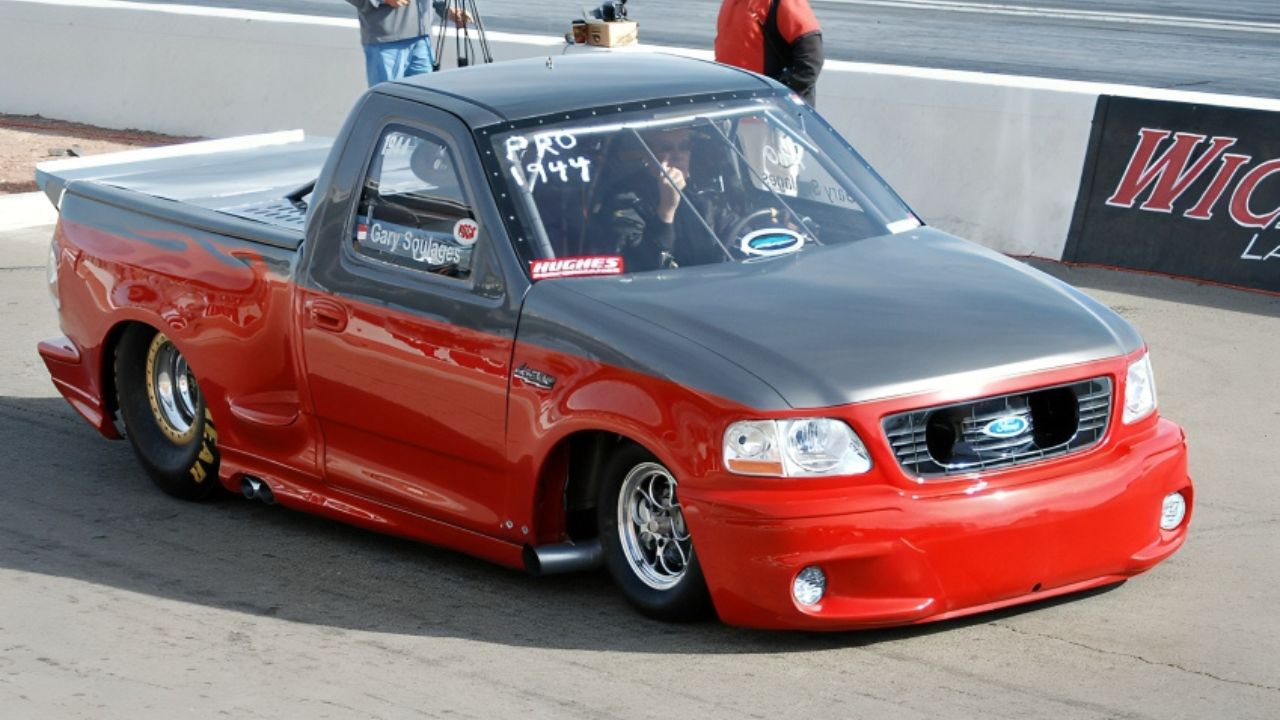
In the 1990s, Ford’s Special Vehicle Team (SVT) unveiled the SVT Lightning, a high-performance pickup truck that defied conventional wisdom about what a truck could be. Launched in 1993, the first-generation Lightning featured a 5.8-liter V8 engine delivering 240 horsepower. It was designed to offer sports car-like performance in a utility vehicle package.
The second-generation SVT Lightning, introduced in 1999, took performance to even greater heights with a supercharged 5.4-liter V8 engine producing 360 horsepower. This powerful truck could accelerate from 0 to 60 mph in just over 5 seconds, showcasing Ford’s ability to blend performance with practicality.
Ford’s Rally Legend: The Escort RS Cosworth

In the early 1990s, Ford made a significant impact in the rallying world with the Escort RS Cosworth. Built to compete in the World Rally Championship, the RS Cosworth featured a turbocharged 2.0-liter engine and an all-wheel-drive system. Its distinctive “whale tail” rear spoiler became an iconic design element.
The Escort RS Cosworth was not only a formidable competitor on rally stages but also a beloved road car among enthusiasts. Its success in motorsport and unique styling have cemented its status as a cult classic, demonstrating Ford’s prowess in performance engineering beyond traditional racing circuits.
The Ford Focus RS Breakthrough

In 2002, Ford introduced the Focus RS, a high-performance version of its popular compact car. The first-generation Focus RS featured a turbocharged 2.0-liter engine producing 212 horsepower, coupled with a sport-tuned suspension and limited-slip differential. It was designed to offer thrilling performance without sacrificing everyday usability.
The third-generation Focus RS, launched in 2016, took performance to new heights with a 2.3-liter EcoBoost engine producing 350 horsepower and an innovative all-wheel-drive system. Its “Drift Mode” feature captured the imagination of driving enthusiasts, further solidifying the Focus RS as a performance icon.
The Revolutionary Shelby GT500

The Shelby GT500 has long been synonymous with high performance, and the latest iteration continues this legacy. The 2020 Shelby GT500 is the most powerful street-legal Ford ever, boasting a supercharged 5.2-liter V8 engine with 760 horsepower. Its advanced aerodynamics and track-ready suspension set new standards for American muscle cars.
With a 0 to 60 mph time of just 3.5 seconds, the GT500 combines raw power with cutting-edge technology, including a 12-inch digital instrument cluster and a customizable drive mode system. The GT500 exemplifies Ford’s commitment to delivering exhilarating performance in a modern package.
Ford’s Electrifying Push: The Mustang Mach-E GT
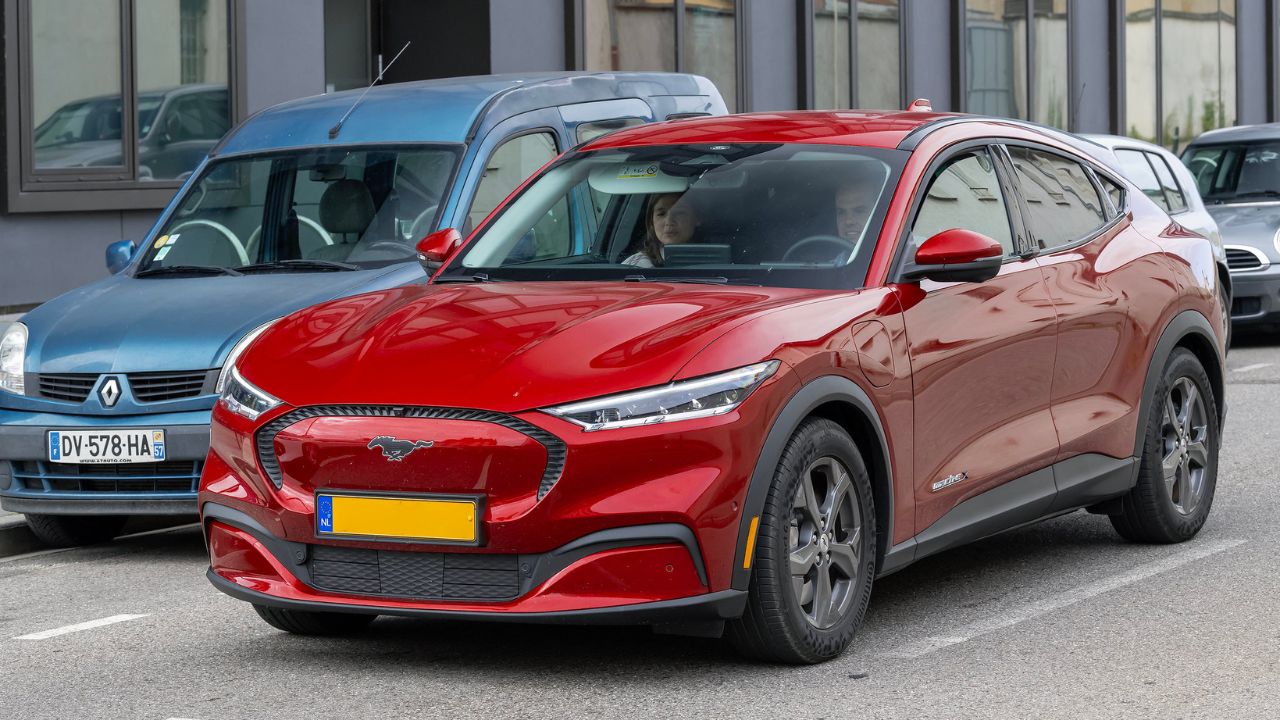
In 2020, Ford entered the electric vehicle arena with the Mustang Mach-E, a move that marked a significant shift in the brand’s strategy. The Mach-E GT, the performance variant of this electric SUV, offers a thrilling driving experience with 480 horsepower and instant torque from its dual electric motors.
The Mach-E GT can accelerate from 0 to 60 mph in just 3.5 seconds, rivaling many traditional sports cars. Its advanced technology, including Ford’s latest SYNC infotainment system and a range of driver-assistance features, underscores Ford’s commitment to innovation in the electric age. The Mach-E GT is a testament to Ford’s forward-thinking approach and dedication to performance, even in an electrified future.
Like Fast Lane Only’s content? Be sure to follow us.
Here’s more from us:
*Created with AI assistance and editor review.


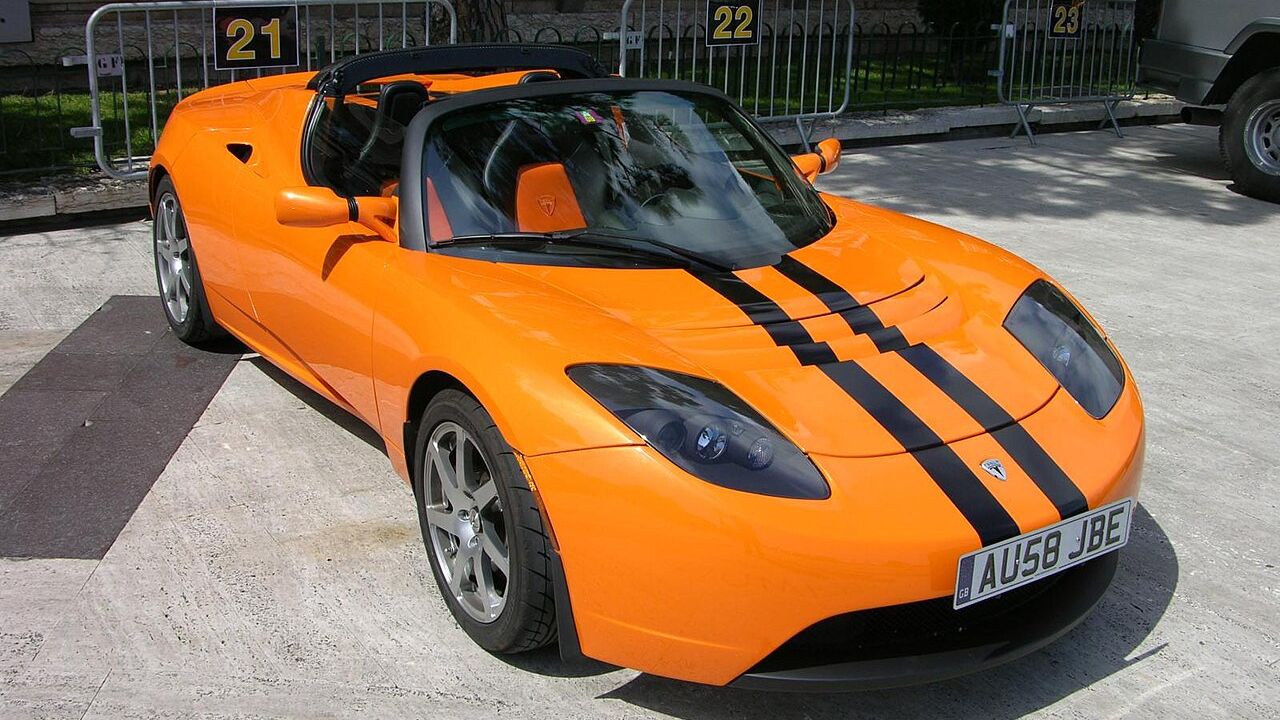
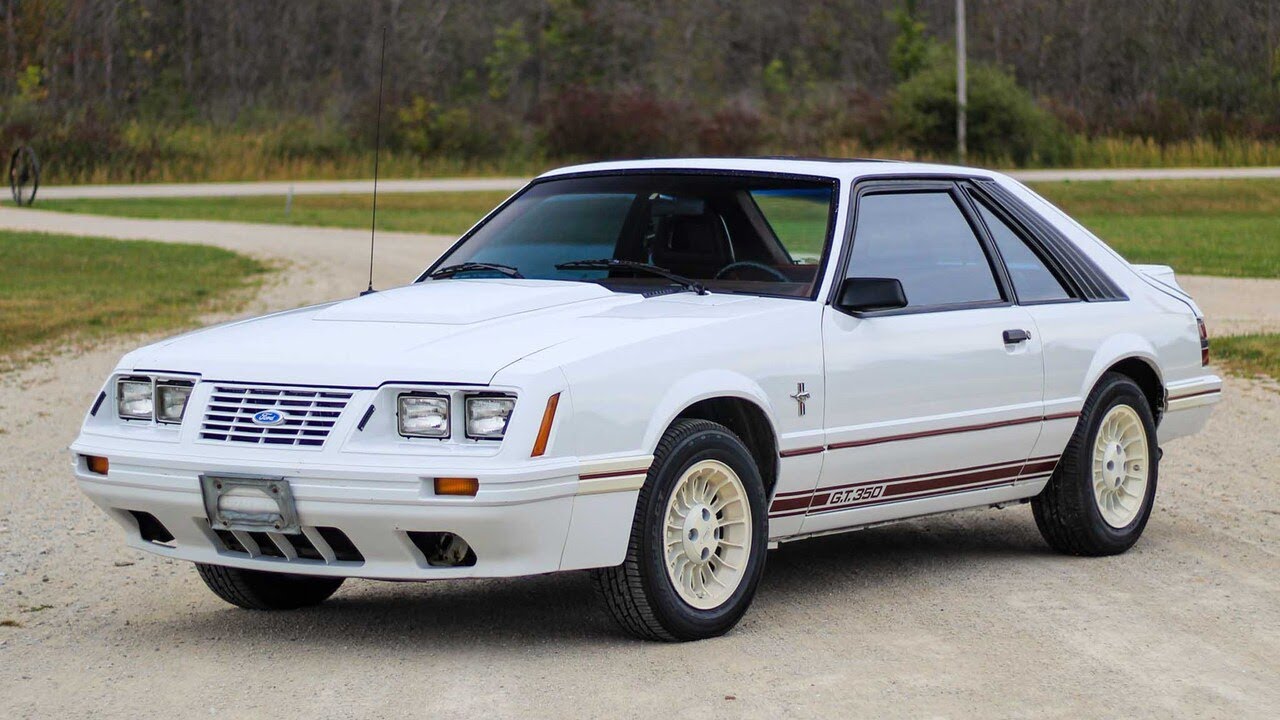

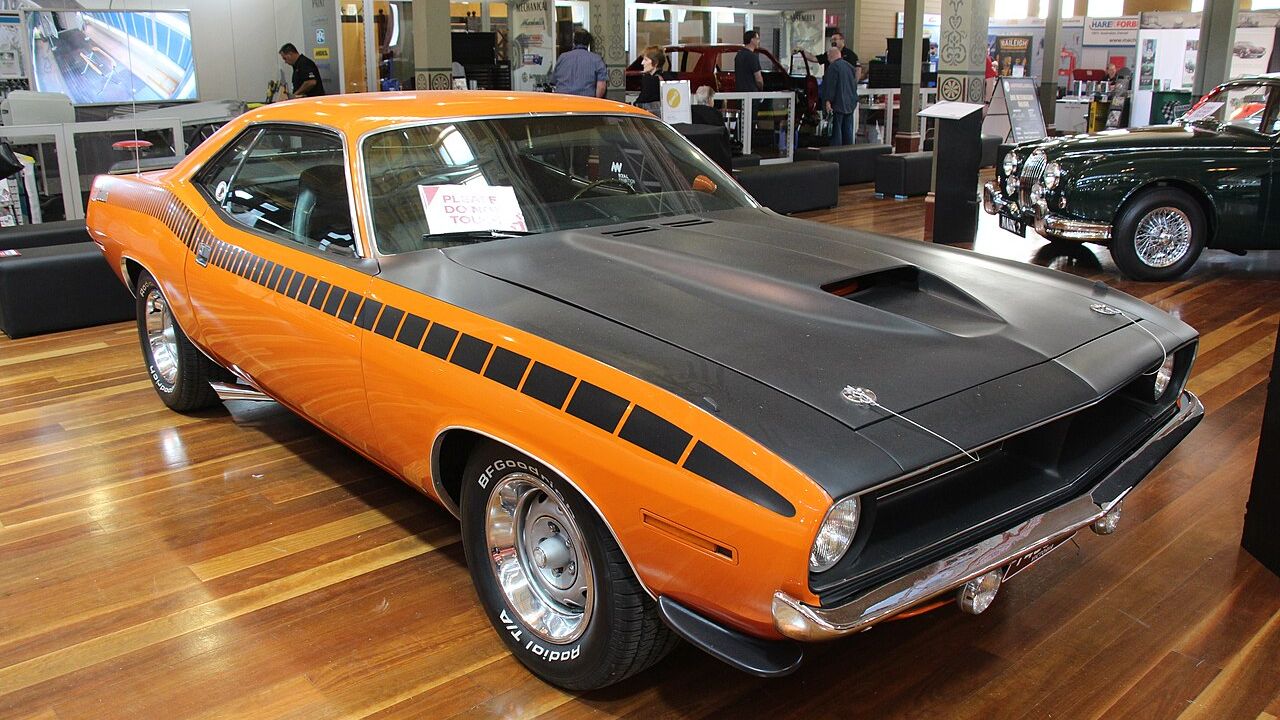
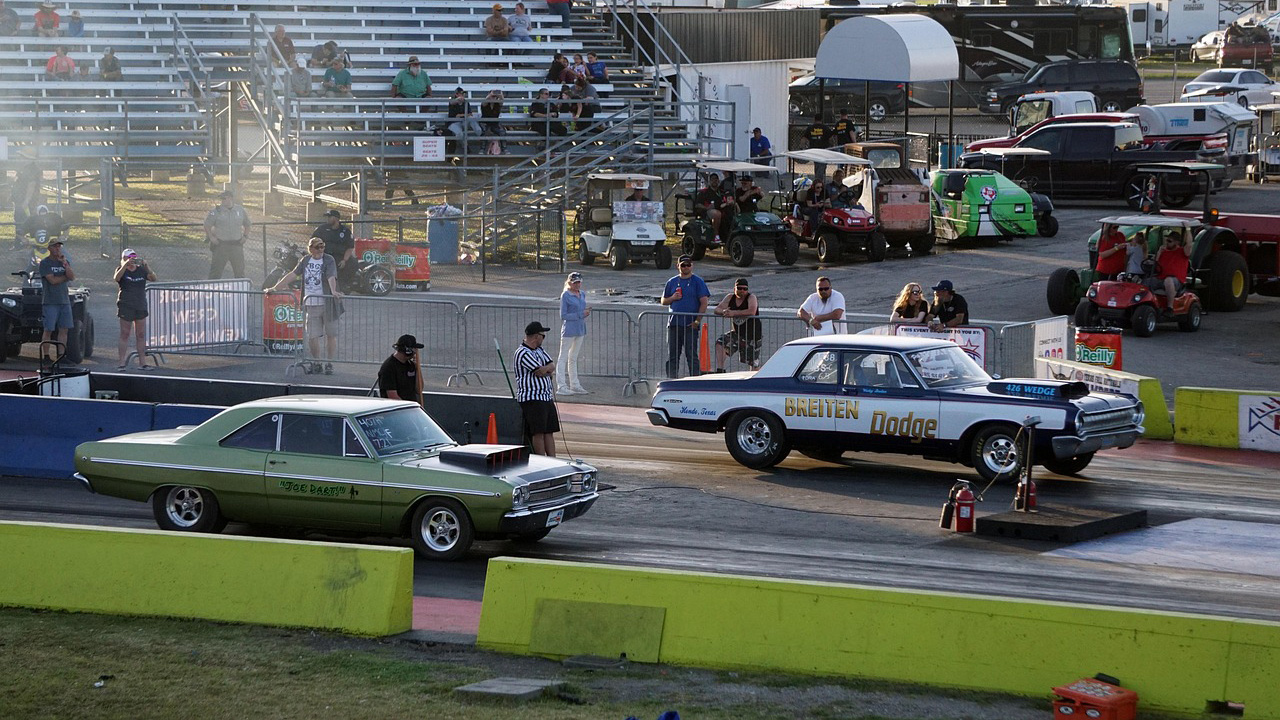
Leave a Reply